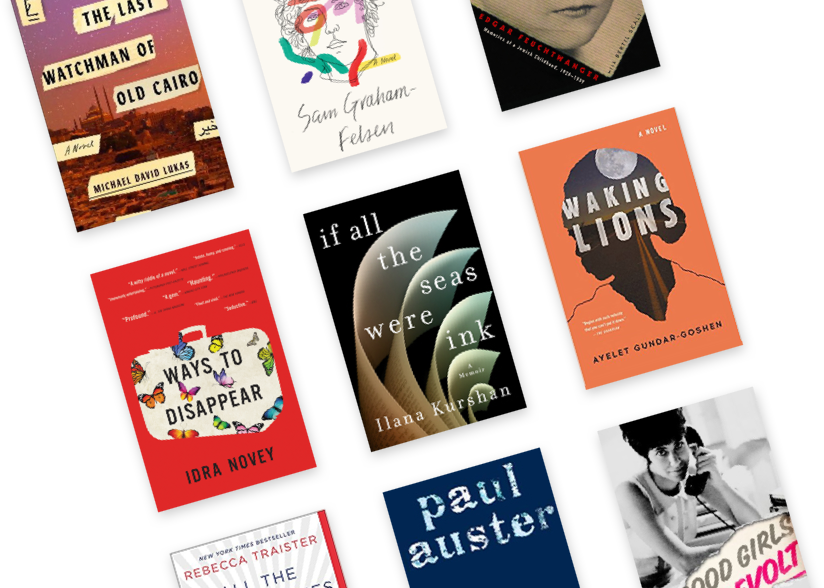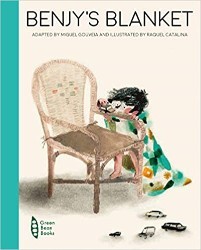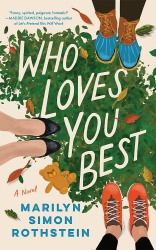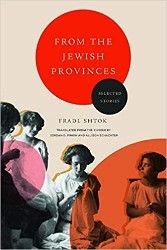Almost everyone is familiar with the stereotypical image of a Jewish grandmother, so besotted with her little one that she can barely contain her joy. In Sweet Babe!: A Jewish Grandma Kvells, Robin Rosenthal embraces that character with no reservations. Her words and pictures present an older woman with a sense of style, secure in her age, who embodies the best characteristics of grandmotherly love. Her effusive, Yiddish-inflected, language and glorious physicality remove any taint of excess from her character.
The graphic design of the book combines the interaction between grandmother, baby, and a a playful dog with words that vary in font and boldness. This grandma has stylish grey hair and big glasses. Her comfortable clothes would work equally well in a yoga class or for impromptu gymnastics with her grandchild. Chunky jewelry adds a bit of glamour to the occasion. How cute is that baby? Speech can barely contain her emotions, even in two languages. Of course, he is her bubbeleh, ketzeleh, and hertzeleh, and his punim defies description. (All of these terms of endearment are translated in a glossary and clearly labeled portrait with body parts.)
This grandmother doesn’t only shout individual words of affection; her love is interactive. While modern parenting advice might question the hyperbole, a grandmother can look into her grandchild’s face and assure him or her: “You’re looking at me…you’re smiiiiling…you’re a genius.” The child’s adorable nature is so intense that it defies verbal expression, although Rosenthal encases this contradiction in a huge word bubble that occupies two pages: “You’re so cute, I CAN’T STAND IT!!” Sometimes metaphor helps, as when the grandmother declares that the baby is so sweet that she is in need of a toothbrush.
For all the humor in this delightful, highly recommended book, there is also a strongly positive message. In her unapologetic portrait of a Jewish grandmother, caricature is not a form of mockery, nor even of that sense of superiority sometimes attached to this cultural figure. Her melding of Yiddish and English terms of endearment signals continuity, as the first simple question she poses, “Where’s the baby?” can only be addressed by explosions of mamaloshen (Yiddish). Children will recognize their grandmothers, and adults will kvell at the implicit note of pride.
Emily Schneider writes about literature, feminism, and culture for Tablet, The Forward, The Horn Book, and other publications, and writes about children’s books on her blog. She has a Ph.D. in Romance Languages and Literatures.





